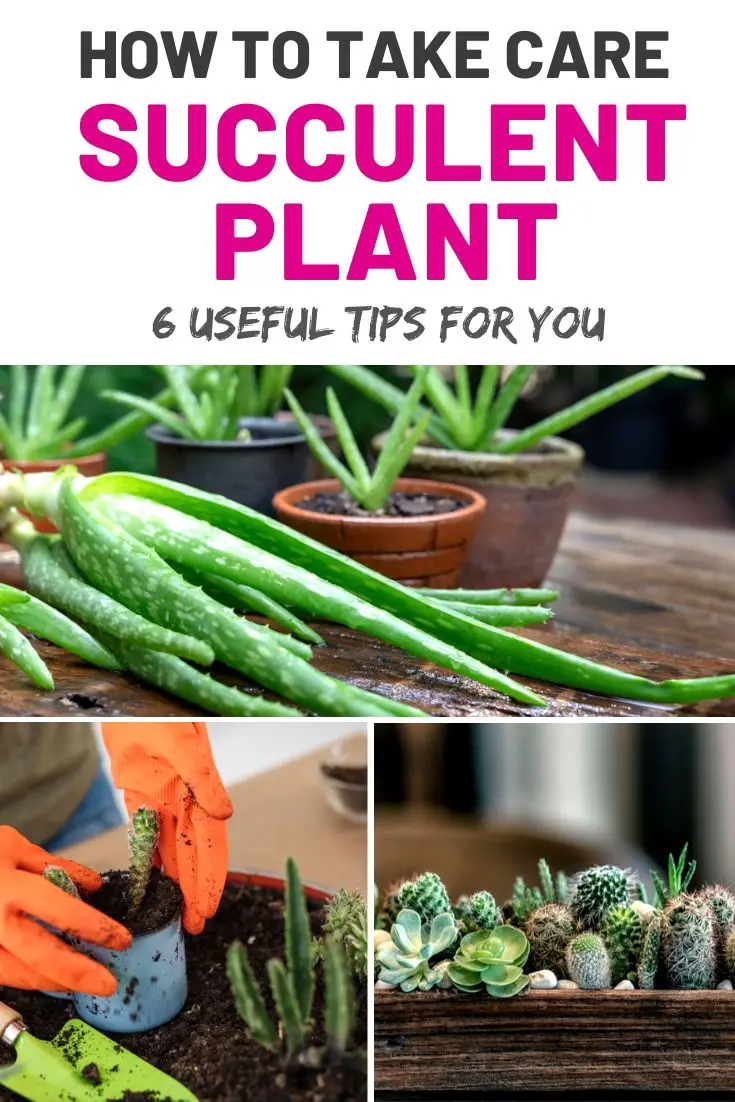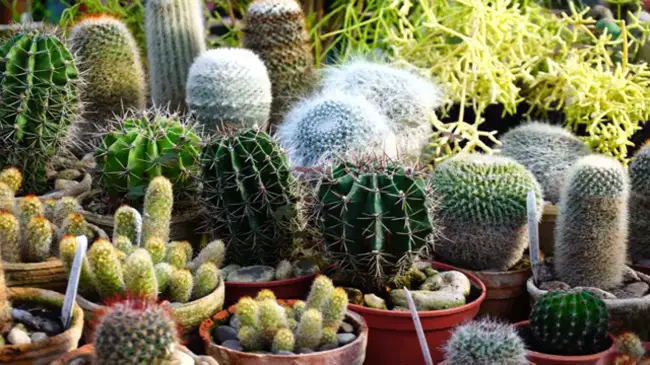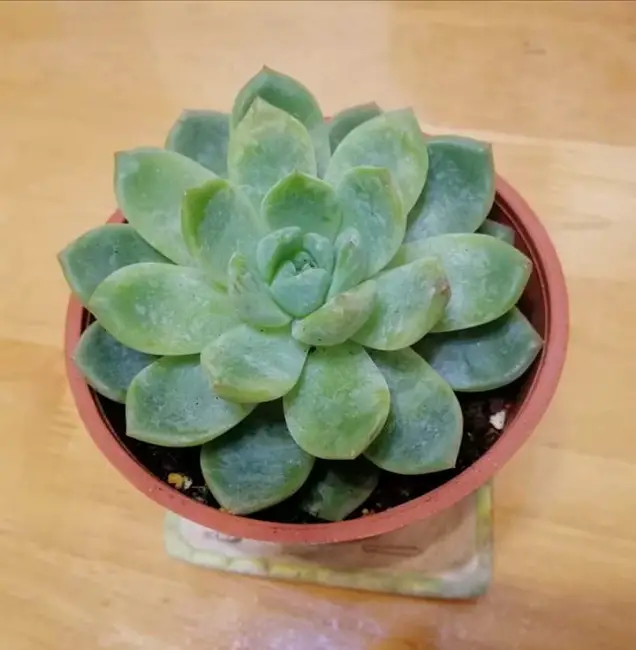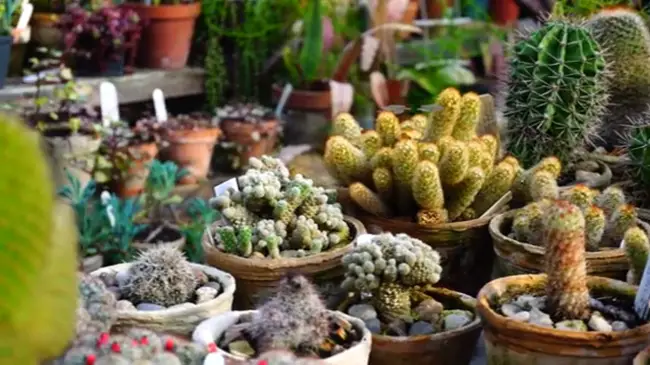Here are a few tips on caring for your succulents. We are going to discuss fertilizer, sunlight, temperature, watering, pests, and potting & pot.
Fertilizer
In the springtime, your succulents start to grow, and that means they will need some fertilizer if you want them to grow faster, beautiful, and vigorous. It is not recommended that you put too much fertilizer on your succulents because they are highly concentrated. Over-fertilizing can burn your succulents.
During winter, the growth of the succulent will slow down. You don’t even have to fertilize it because that is the rest period, and they don’t need fertilizer at all because they are not producing leaves and roots.
Sunlight
Succulents love sunlight! Approximately 6 hours a day, to be more exact. If you plan on keeping them indoors, keep them close to a window and don’t let them get sunburnt. Keeping them in an east-facing window will likely let you avoid this problem.
Do succulents need direct sunlight?
Many people think that succulents need to expose to as much light as possible. This is not true because even though they need a lot of sunlight, if you provide them full sun from the very first rise in the morning until the sunset, sometimes it can be too much for them, and they can burn themselves.
You have to experiment with your succulents and see what quantities of light they need, and on some succulents, you can see the signs of a little bit of discoloration or reddish tips on the leaves. The red tip tends to be more visible in the summertime.
If you can see these red tips, it means that your succulent is getting enough sunlight. Usually, in the wintertime, your succulents are greener and not colorful like this. But if you are providing too much sunlight, the sunburned scar can appear.
If you are not providing enough sunlight for your succulents, they become leggy, and the leaves are gonna be far away from each other. The plant will be wonky and will not have strong branches. That’s not gonna be good.
Temperature
Succulents like to be warm in the summer and cool in the winter. The ideal temperature range is 70 to 80 degrees in the summer and 50 to 60 degrees in the winter.
There is not much temperature issue when it is in the summertime. Your succulent is going to be comfortable with the temperature. When the temperature reaches as low as 5 degrees Celsius in the wintertime, some succulents will have an issue as they can’t withstand freezing temperatures like the Semper Rhythms (also called hell and chicks).
So when it is winter, you may need to move your succulents indoors and place them in a warmer place to prevent them from dying.
Read also: Why Are Your Potted Succulents Dying?
Watering
The main thing you need to remember is that these succulents need a lot of water in the summertime, but you need to let them dry out completely before you water them again. Even though succulents need water, but they need these dry periods as well. If you are watering your succulents, that means that you have to water them completely.
How often do you water a succulent?
For example, a good way of watering is soaking moisture from the dish if you have it decorative. But just let them soak for a day or two, and it will be completely dry. They are desert plants, so they don’t need a few water droplets a day because that makes no sense.
In the desert, there are rains as well, and rains are not like free drops. Those rains tend to be heavy, so they get a lot of moisture, and they can take about seven days to dry out. After that, you have to water them again.
In the wintertime, they need water like once in a month or a month and a half, so they don’t need as much water in the wintertime compared to summer.
Keep in mind that the higher the humidity is, the slower the soil dries out.
Fun fact: during the winter months, succulents become dormant and require even less water. You’ll probably be watering succulents every two weeks during the winter months.
Pests
Pests tend to feed on the leaves and the roots. Pests are malicious, and they will harm your plants. Therefore you need to watch out for pests. You have to control your succulents like once a month or so.
It would help if you looked after pests between the leaves because they are very fleshy and provide perfect hiding places for pests. If you found pests on your plants, you can treat them with hydrogen peroxide to get rid of the pests.
Potting and Pots
Succulents thrive best in containers/pots with a drainage hole in the bottom. Glass containers are not the best option if you want them to last.
When choosing pots to plant succulents, you need to choose a pot with many drainage holes, and the soil has to be really not that water absorbent. The soil has to be able to let the water runs through. If you are providing too much water for your succulents, it can cause root rot.
For sure, you will not have root rot for your succulent. So to prevent this, you need to look for a pot with many drainage holes and a soil-like sandy cactus mix that doesn’t absorb too much water. The water can just run through on them, so these types of soils are really good for your succulents.
If you are growing your succulents indoors, that means there is no as much sunlight as outdoors. I grow my succulents indoors in the winter. But if you have to keep them inside during summertime, – it’s a better idea to grow them separate and not too crowded in a pot.
It is a good idea to pot them separately and leave a lot of space between them so the sunlight can get around those plants. If you have more space around your succulents, the more light they get, the healthier your succulents will be.
Is It Hard to Take Care of Succulents?
Succulent is not a fussy plant for you to take care of. As long as you follow the “soak and dry” method where you let the plant dry out completely before you watering them again, let them get enough sunlight, use the right pot to contain them, leave them under comfortable temperature, and get rid of the pests, the plant will live healthily.
And last but not least, I LOVE them. Don’t forget that all succulents are different, and although these tips apply to most, maybe yours will dry up a little quicker or slower. Pay attention to them (if they turn yellow, it could mean they’re getting too much sun or you’re overwatering them) and how they’re growing, and they’ll be sure to love you back.
Did you find this post useful? Would you like to get back to it later? Save THIS PIN below to your succulents board on Pinterest! 🙂




